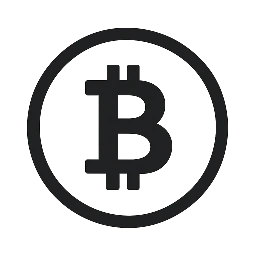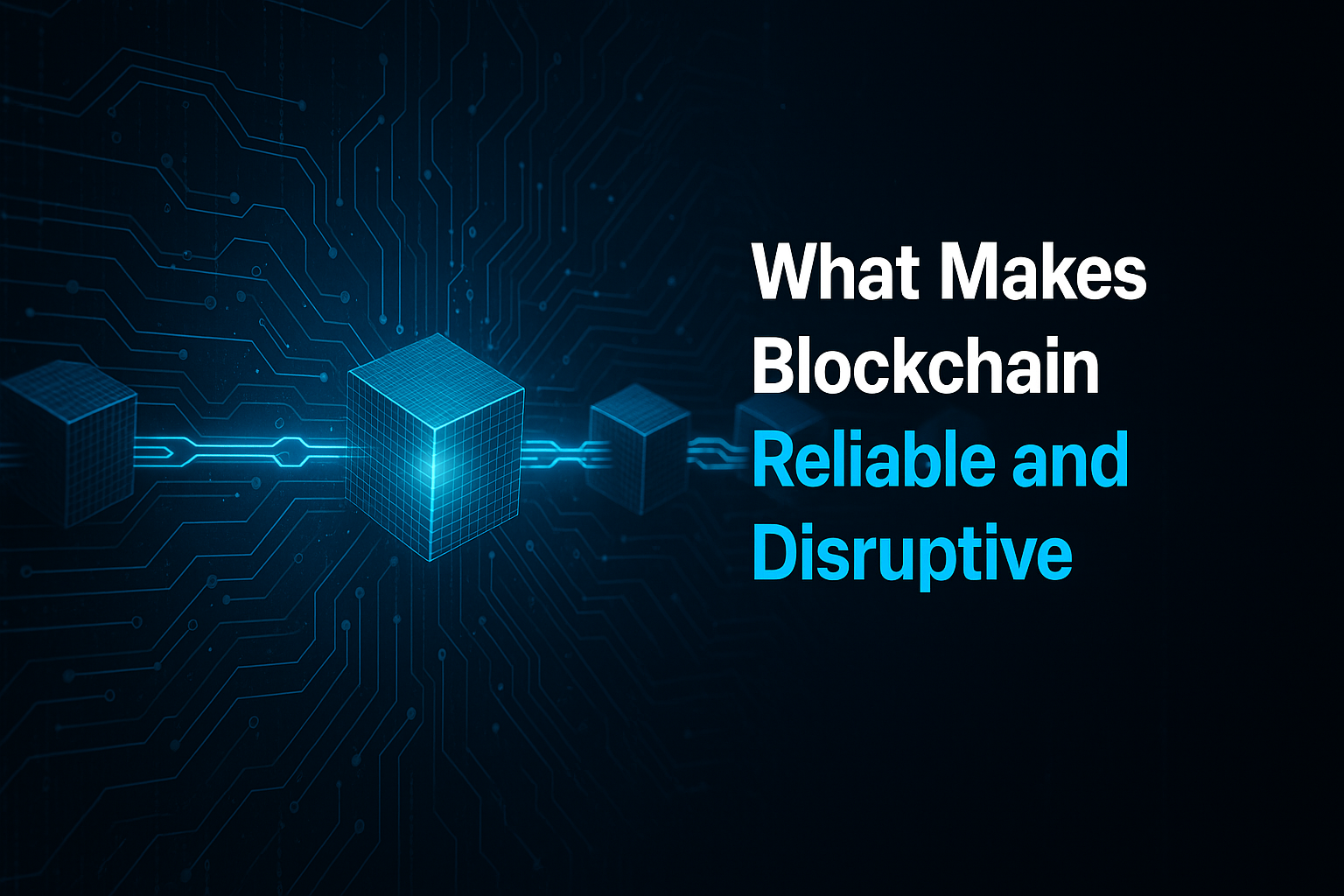Blockchain technology has gone from a niche concept tied to Bitcoin to a globally transformative system with real-world use cases. But what exactly makes it reliable and disruptive — from a technical and practical perspective?
This blog explores the core traits that make blockchain trustworthy and powerful, and why industries from finance to supply chain are being forced to take it seriously.
1. Decentralization: Power Without a Middleman
Unlike traditional systems where a central server or authority controls all the data (think banks, cloud providers, or government databases), blockchain is decentralized.
That means:
- Multiple nodes (computers) maintain the same ledger.
- Updates happen only when the majority of nodes agree — this is called consensus.
Depending on the blockchain, the consensus mechanism could be:
- Proof of Work (PoW) – Used by Bitcoin; requires solving complex math problems to validate blocks. Learn more
- Proof of Stake (PoS) – Used by Ethereum 2.0 and Solana; validators are chosen based on the amount of tokens they lock up as “stake.” Ethereum PoS Explained
- Delegated Proof of Stake (DPoS) – Used by EOS, where token holders vote for validators.
This eliminates single points of failure, reduces censorship risk, and makes systems more resilient to attacks.
2. Immutability: Write Once, Never Change
Once data is recorded in a blockchain, it cannot be changed without rewriting every block after it — which is practically impossible in major chains like Bitcoin or Ethereum.
This is due to cryptographic hashing:
- Every block has a unique hash, which also contains the hash of the previous block.
- Tampering with even a single character in a transaction breaks all future hashes.
This makes blockchain perfect for:
- Audit trails in finance or logistics
- Proof of ownership in real estate or NFT markets
- Historical data integrity in government or journalism
Reference: How Hashing Works in Blockchain
3. Transparency with Privacy
Blockchain ledgers are often public, meaning anyone can view transactions (like on Blockchain Explorer).
But thanks to public-private key cryptography, identities stay pseudonymous. Users control wallets via private keys, and transactions are signed using digital signatures, not real names.
Technically:
- A public key (wallet address) is derived from your private key using elliptic curve cryptography.
- You can verify transactions without exposing your identity.
This balance of transparency and privacy is why blockchain is trusted for both public records and private finance.
4. Smart Contracts: Automation Without Trust
A smart contract is a self-executing piece of code stored on a blockchain. When predefined conditions are met, it triggers automatically.
Example:
solidityCopyEditif (msg.value == 1 ether) {
deliverDigitalAsset(buyer);
}
Smart contracts remove intermediaries from:
- Crowdfunding (like Kickstarter vs. Ethereum-based platforms)
- Insurance payouts
- Escrow and property transfers
Smart contracts are the core of decentralized apps (dApps) and protocols like Uniswap, Aave, and Chainlink.
5. Security: Cryptography + Consensus = Trustless Integrity
Blockchain relies on a mix of technologies that ensure tamper resistance, even in a hostile environment:
- Merkle Trees: Efficient structure for verifying data in blocks
- Digital Signatures: Prove authenticity and prevent unauthorized access
- Byzantine Fault Tolerance: The system works even if some nodes act maliciously
And since data is distributed, DDoS attacks are far less effective.
More: MIT – Technical Overview of Blockchain
6. Disruption Across Industries
Blockchain isn’t just reliable — it’s also disruptive because it removes the need for centralized control and trust.
| Industry | Disruption |
|---|---|
| Finance | Peer-to-peer lending, DeFi, tokenized assets |
| Supply Chain | Real-time tracking, counterfeit protection |
| Healthcare | Secure patient data sharing, clinical trial tracking |
| Gaming | Play-to-earn, true asset ownership |
| Identity | Self-sovereign ID, KYC-free onboarding |
More use cases: World Economic Forum Report
What makes blockchain reliable is its transparent, immutable, decentralized, and secure design. What makes it disruptive is its ability to replace entire systems with math, code, and open networks.
Whether or not you’re building with it, blockchain is reshaping how people move money, prove ownership, store data, and coordinate trust — without middlemen.
It’s not just hype. It’s infrastructure for the future.


Leave a Reply